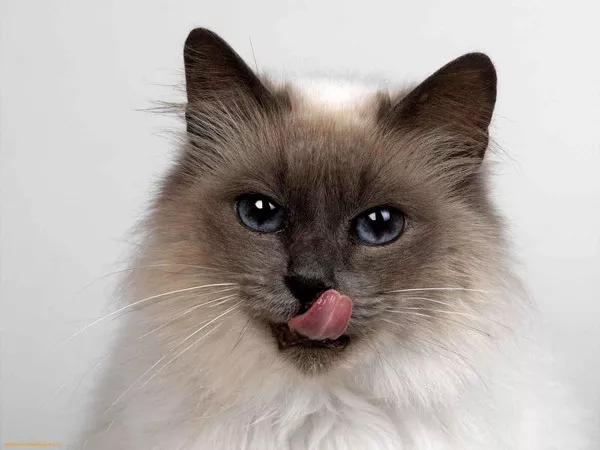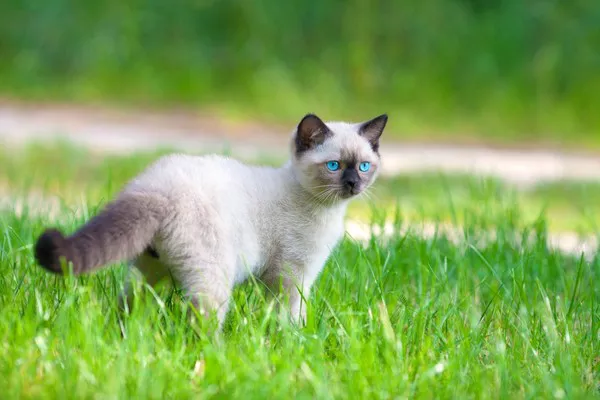SILSBEE, TX – The Satsuma Valley Cat Coalition, a local nonprofit organization, is spearheading efforts to combat the escalating issue of stray cats in Silsbee, Texas. What began as a small group of individuals dedicated to catching and spaying/neutering cats has blossomed into a full-fledged nonprofit endeavor aimed at addressing a pressing problem in the community.
The streets of Silsbee have witnessed a proliferation of feline residents, with cats freely roaming throughout neighborhoods and even behind local businesses. “There’s cats everywhere. Every neighborhood that you go through there are cats just roaming,” observed Swindell, a key figure in the initiative.
According to Swindell, the root of the problem often lies in pet owners failing to spay or neuter their animals, leading to uncontrolled breeding. The Satsuma Valley Cat Coalition has adopted a comprehensive approach known as the “trap, nurture, and return” program. To date, they have successfully applied this method to address the plight of 32 community cats.
“We are a trap, nurture, and return program, so with the overwhelming population of cats in the area, all the rescues and everyone are just so overwhelmed,” Swindell explained.
The coalition’s efforts extend beyond mere spaying and neutering. “We set live traps and we take them to the vets. They get spayed and nurtured, we get their rabies vaccinations. We even have their ears tipped or notched, and that’s just a universal sign that that cat has already been fixed,” Swindell emphasized.
Swindell emphasized that this program serves a dual purpose by reducing the growing stray cat population and preventing euthanasia of these animals. “They help to control the rodent population in which rodents spread diseases faster than anything so having them around actually is a service to us,” Swindell said. She further revealed that the city council has issued a statement of support for the program, acknowledging that the city’s animal shelter is not equipped to handle the city’s feline issues due to legal constraints, including a mandatory three-day hold period.
Swindell highlighted that returning cats to their original trapping locations is a crucial strategy, as it prevents new colonies from replacing the cats removed from the area. This holistic approach aims to create a lasting impact on Silsbee’s stray cat population.






















